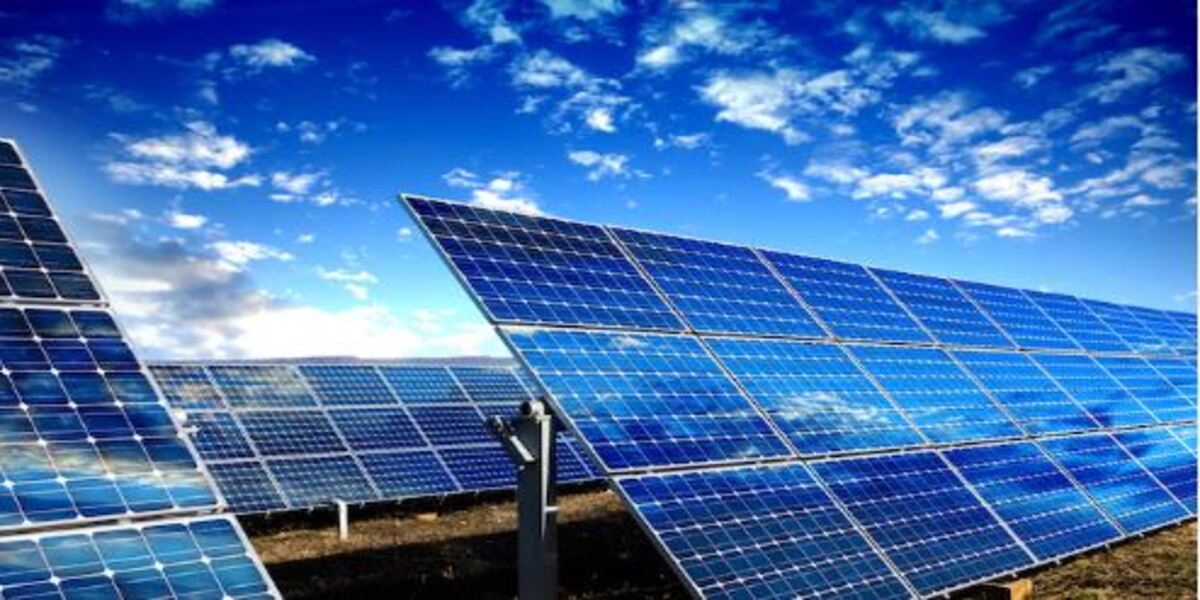India’s transport story is changing fast. Five years ago petrol and diesel still ruled the road; today two powerful green forces are rising side‑by‑side: liquid biofuels that work in today’s engines and solar‑powered electric mobility that needs no oil at all. Together they give the country two clear lanes toward the same destination with Biofuels & Solar Charging—cleaner air, smaller import bills, and a safer climate.
Why a twin strategy matters
Transport produces roughly one‑quarter of global CO₂ and a big share of India’s urban smog. Meeting travel demand while cutting those emissions needs more than one tool. Biofuels can flow through existing fuel pumps, helping the 250 million cars, bikes and tractors already on Indian roads. Solar‑charged EVs, on the other hand, remove tail‑pipe pollution completely and fit perfectly with the nation’s huge sunshine resource. Running both tracks in parallel spreads risk, speeds progress and lets every citizen choose a cleaner option that suits their budget and location.
Biofuels hit high gear
Ethanol blending races ahead
India moved its E20 target (20 % ethanol in petrol) from 2030 to 2025—and is already there. In early 2025 the Energy Ministry confirmed average blending had crossed 18 % nationwide, with some states touching 20 %. A June‑2025 market report even claims the national average briefly hit the full 20 %.
Why biofuels scale quickly
- Drop‑in fuel: No new engines or pumps required.
- Rural income: Ethanol plants pay farmers for cane, maize—or better, for crop waste.
- Lower carbon: Lifecycle emissions fall 40–90 % versus petrol, depending on feedstock.
From 1G to 2G: entering the rice‑straw era– Biofuels & Solar Charging
First‑generation (1G) ethanol still relies mainly on sugarcane. But sugarcane uses a lot of water and competes with food. Second‑generation (2G) plants turn leftover biomass into fuel instead. One leading example is Khaitan Bio Energy, whose patented process converts rice straw into ethanol while recovering valuable silica and using lignin for steam in a zero‑liquid‑discharge set‑up.
Using straw tackles another crisis: open‑field burning. Government studies show India produces roughly 160 million tons of rice straw each year; collecting even one‑quarter could supply 9 billion litres of ethanol—enough for the entire E20 target.
Fresh investment wave
States are wooing capital. At an Excise Investors’ Summit in Lucknow (July 2025) Uttar Pradesh highlighted that it already supplies one‑fifth of India’s ethanol and wants to become an export hub for the fuel. The Union government also allocates surplus Food Corporation rice (still controversial) and offers soft loans for 2G facilities.
Solar‑powered EVs take the fast lane
Rooftop solar makes charging cheap
Electricity is only as clean as its source. India’s answer is to push solar on every roof. Under the PM Surya Ghar – Muft Bijli Yojana PM Surya Ghar – Muft Bijli Yojana launched in 2024, households now get up to 60 % subsidy on small solar systems, with easy online approvals. Delhi’s July‑2025 announcement goes a step further—installers will fit solar arrays for residents with zero upfront cost, paid back from future bill savings.
Result: EV owners can plug in at home and drive on sunshine, cutting running costs to well below ₹1 per km.
Charging hubs tap the sun
Cities are building solar‑roofed public chargers too. In June 2025 Bengaluru opened the country’s first solar‑powered, second‑life‑battery fast‑charging hub, storing daytime solar in reused EV batteries for night use. More projects are planned along highways under the Green NH programme.
Market momentum in 2025
- Over 50 % of new two‑wheelers sold in Indian metros are electric.
- Fleet operators switch to battery‑swap models, slashing downtime.
- FAME‑II and state incentives lower upfront prices each quarter.
EV growth is especially strong in delivery bikes and urban buses—segments that start and end their day at fixed depots ideal for rooftop solar.
Complement, not compete– Biofuels & Solar Charging
Biofuels and solar EVs serve different needs:
| Use‑case | Biofuels (E20, B20, 2G) | Solar‑charged EVs |
| Existing cars & farm machinery | ✔ ready now | ✖ requires new vehicles |
| Long rural trips where chargers are scarce | ✔ fuel stations widespread | ◆ range depends on infra |
| Urban delivery, daily commute | ◆ still cuts CO₂ | ✔ best solution (zero tailpipe) |
| Cuts stubble burning & supports farmers | ✔ straw‑to‑fuel | ✖ no direct link |
| Powered by Indian sunshine at point of use | ✖ not directly | ✔ rooftop or hub‐mounted PV |
Both tracks cut oil demand, but they do so in different parts of the fleet. That diversity makes the national target more resilient.
How big could each become?
Using IEA and government roadmaps we can sketch a likely 2030 split of clean transport energy in India:
| Solution | Share of clean transport energy by 2030* |
| Biofuels (ethanol, biodiesel) | ~40 % |
| Solar‑powered EVs | ~35 % |
| Green hydrogen & fuel cells | ~15 % |
| Other tech (CNG, hybrids, etc.) | ~10 % |
*Illustrative blend based on IEA Net‑Zero Scenario and Indian policy targets.
Conclusion
India’s transport future is not about choosing one path but building a network of solutions. Biofuels like second-generation ethanol made from crop residue offer farmers new income, reduce air pollution from stubble burning, and help decarbonize existing petrol vehicles. At the same time, solar-charged EVs provide zero-emission travel in cities and suburbs, turning rooftops and parking lots into clean energy hubs. To accelerate both, policymakers can extend support for 2G ethanol plants and crop-residue collection, speed up solar and EV infrastructure approvals, set clear recycling and hydrogen standards, and link carbon credits to verified emission cuts. Industry players like Khaitan Bio Energy are expanding clean fuel production, while EV charging networks are working with utilities to send solar power back to the grid—creating a stronger, cleaner transport system for India.

